6 Sneaky Ways to Add More Nutrition to Your Meals
-
_390.jpg)
Fatten Up
Vitamins A, D, E, and K are fat-soluble, meaning that dietary fat must be available for your body to absorb those nutrients. So if you're eating raspberries, spinach and carrots, great! However, to get the most out of foods rich in these fat-soluble vitamins, eat a little heart-healthy fat at the same time. Add diced avocado or an olive oil-based dressing to a spinach salad, enjoy a handful of walnuts with your raspberries, or dip your carrots into hummus. The good fats will aid in the absorption of the key nutrients found in fruits and veggies, making these healthy foods even better for you!
-

Cook Smart--and Fast
Most veggies retain their shape and texture even after cooking. But overcooking them (or cooking them the wrong way) can sap their nutrients. Heating veggies until mushy--especially in water--is more than unpalatable; it's a surefire way to decrease the nutrients available in the vegetables. Cook your veggies lightly and quickly to help retain water-soluble nutrients like vitamin C and many B vitamins. If you are going to cook your vegetables, try stir-frying them in olive or canola oil on medium heat, or steam them using a bit of water and a steaming plate in your pan.
-
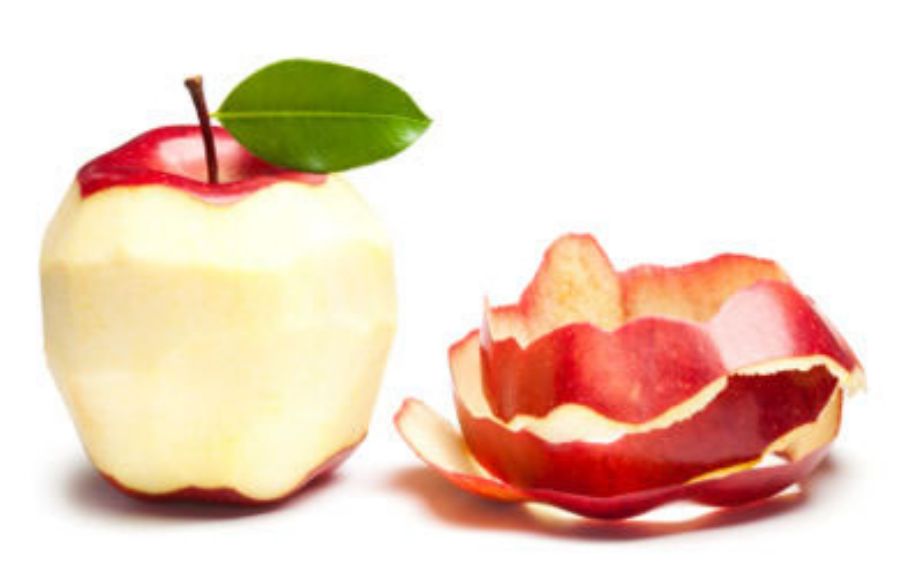
Don't Peel Out
Do you grab the peeler before you eat an apple, potato or cucumber? Save the effort and start eating the peels to reap more nutritional benefits. The outer skin of fruits and veggies contains many disease-fighting antioxidants, as well as fiber. Even the fuzzy peel on a kiwi is high in vitamins, and you won’t notice the texture if you blend the whole fruit into a smoothie. Keeping the peels on your food offers a fun change in texture and a nutrient boost to boot! Just be sure to wash the peel well before consuming to get rid of any dirt, germs or pesticide residue.
-

Go Frozen
Add some extra frozen veggies to soup, stir fries and casseroles when fresh, local produce is out of season or you haven't been able to get to the market. Frozen veggies sometimes have a bad reputation, but they actually have just as many nutrients as the fresh stuff. In fact, frozen vegetables hold onto nutrients longer than fresh produce since freezing can lock in nutrients more efficiently than canning or refrigeration methods. Stir fry mix, California mix, and traditional mixed vegetables are versatile additions to almost any meal. Don't be afraid to experiment! Try adding steamed stir-fry veggies to baked enchiladas, or chop them up to use in pasta sauce.
-

Be Timely
A study from the Journal of Food Science found that olive oil loses 40% of its antioxidants after 6 months of storage. For the maximum nutrient benefit, many foods, including olive oil, must be used within a relatively short amount of time. The moment a food is picked and/or processed it begins to change chemically, altering the flavor, texture, color and even the nutrient content. Make sure to store and refrigerate foods properly, and use them in a timely manner to gain the maximum health benefits.
Try using the first in-first out method to ensure your cupboards have an efficient rotation: When new food is brought home from the store, place it behind food that is already there and use the older food first. Pay attention to expiration dates and use fresh produce as soon as it ripens.
-
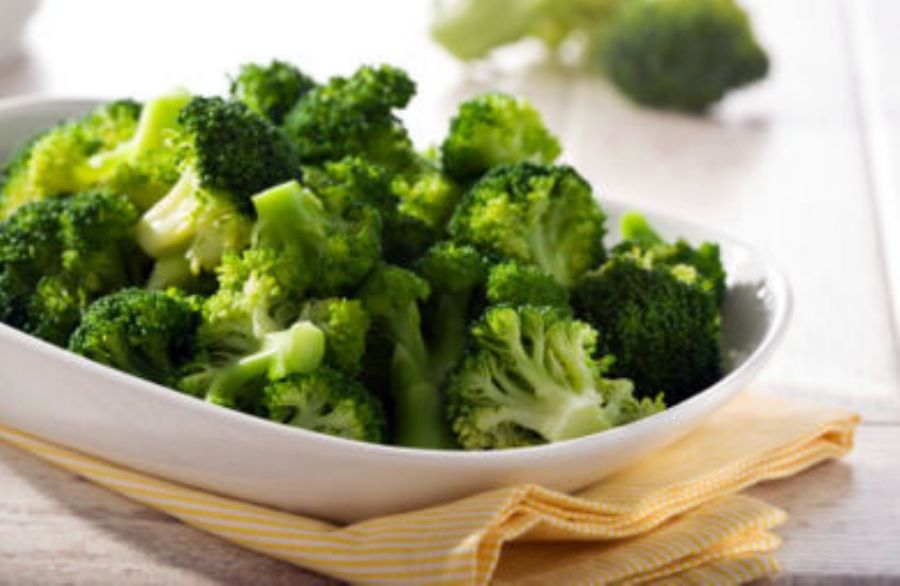
Give It Some Green
You can bulk up almost any meal by adding a little green. Spinach and broccoli are great low-calorie sources of vitamin C, iron, calcium, vitamin A, folate and magnesium. Try adding these green superstars to homemade pizzas, tuna salad, omelets, casseroles, or soups and stews.
See more nutrition slideshows
6 Sneaky Ways to Add More Nutrition to Your Meals
Written by Sarah Haan, Registered Dietitian
You're eating your veggies and watching your portions, but is there a way to make your meals even better for you? These 6 habits will help you take your healthy choices to the next level so you can get more nutritional bang for your buck.
Start Slideshow
Fatten Up
Vitamins A, D, E, and K are fat-soluble, meaning that dietary fat must be available for your body to absorb those nutrients. So if you're eating raspberries, spinach and carrots, great! However, to get the most out of foods rich in these fat-soluble vitamins, eat a little heart-healthy fat at the same time. Add diced avocado or an olive oil-based dressing to a spinach salad, enjoy a handful of walnuts with your raspberries, or dip your carrots into hummus. The good fats will aid in the absorption of the key nutrients found in fruits and veggies, making these healthy foods even better for you!


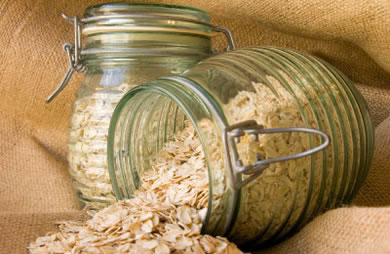


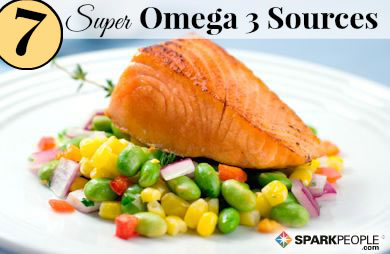
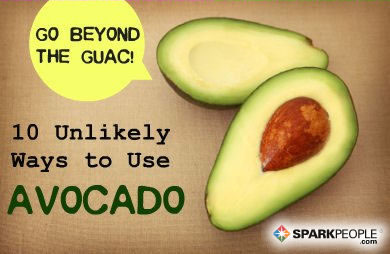
.jpg)